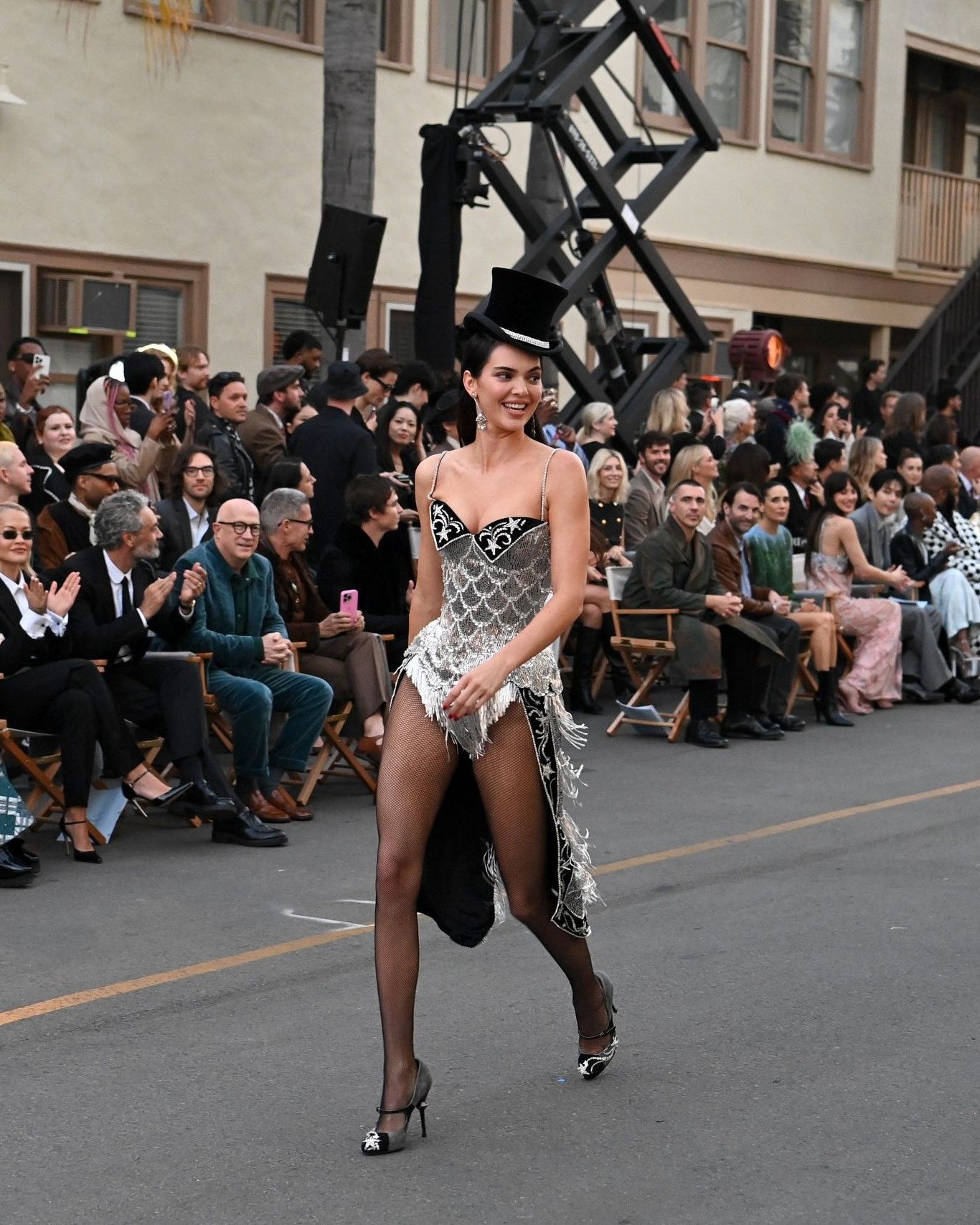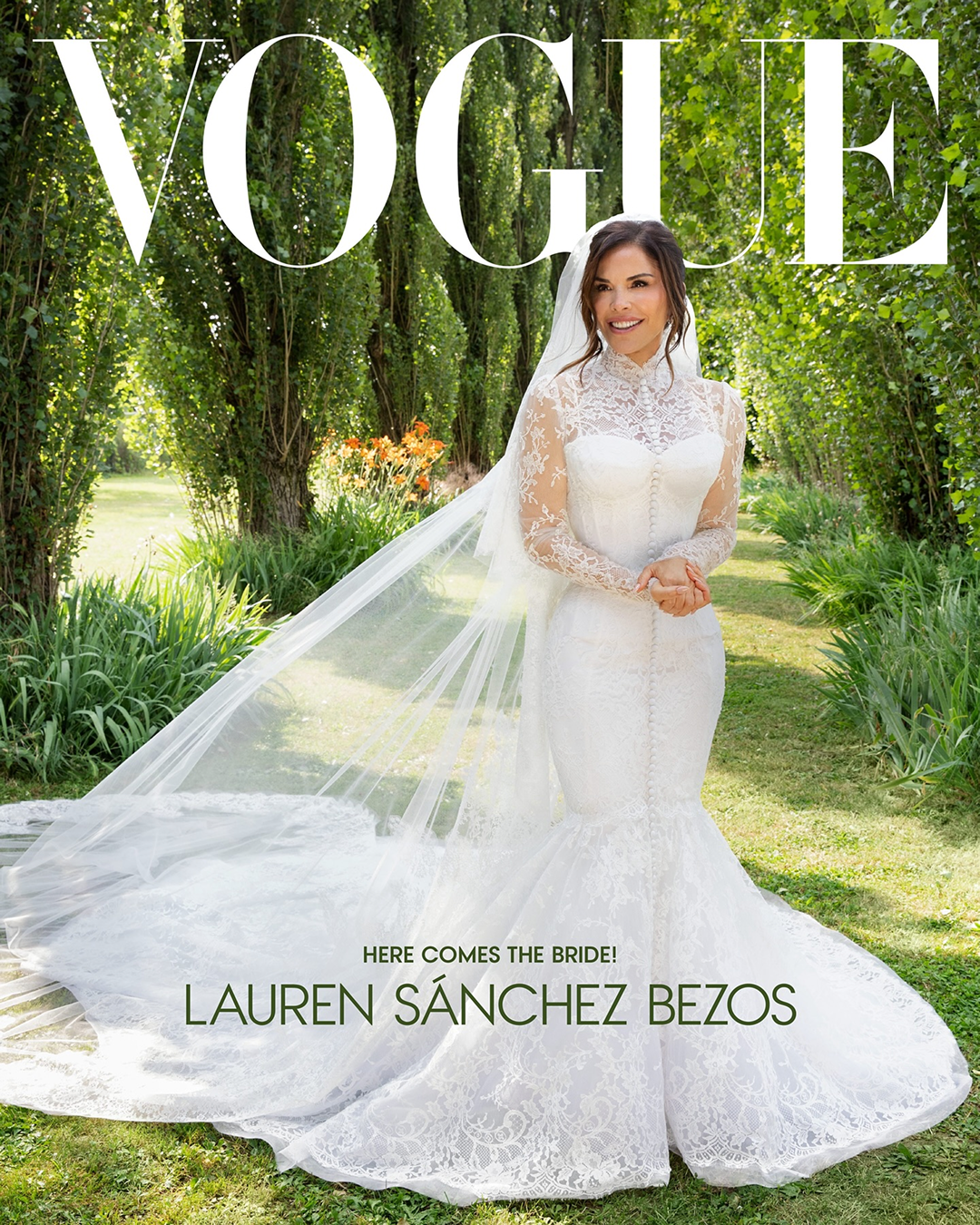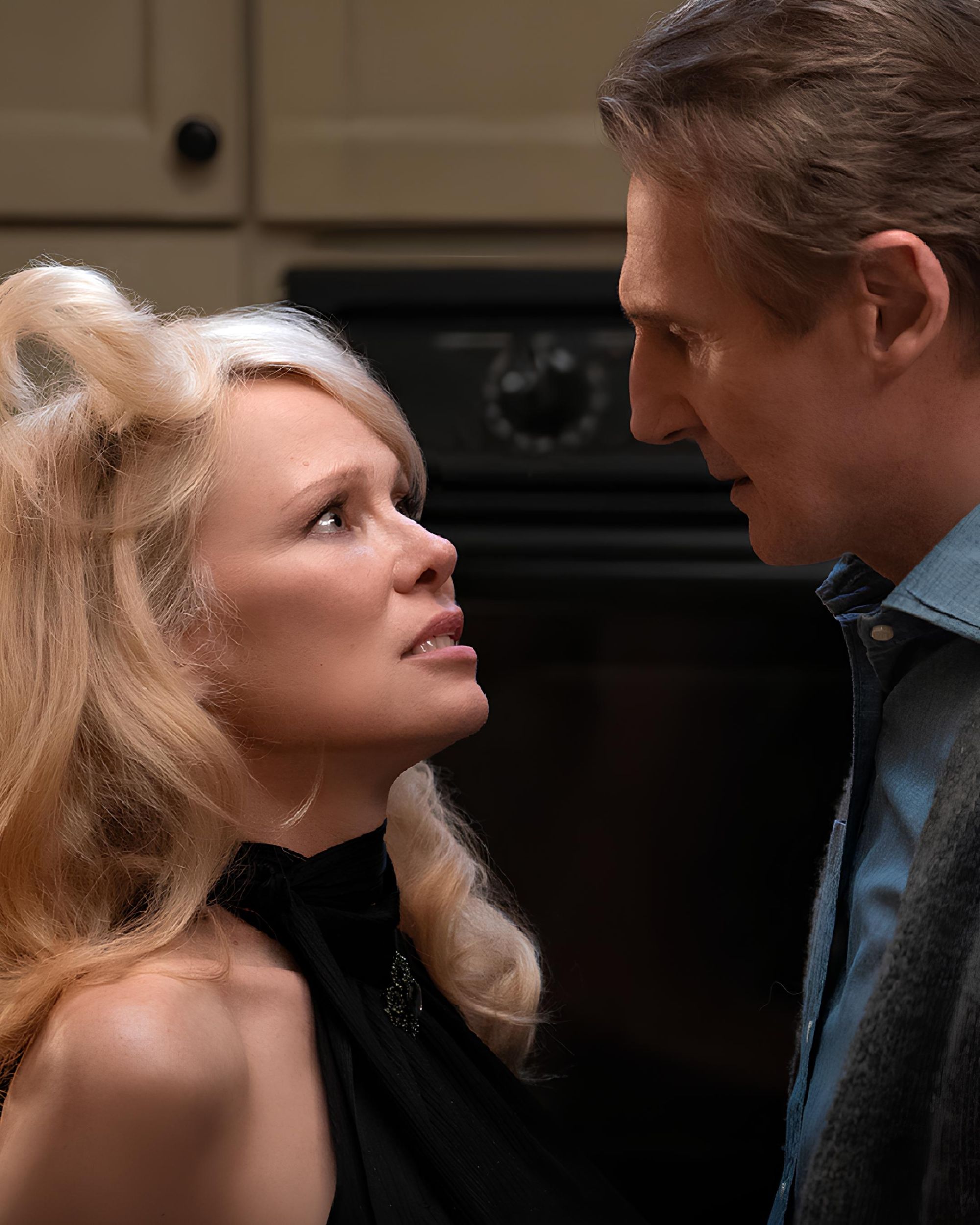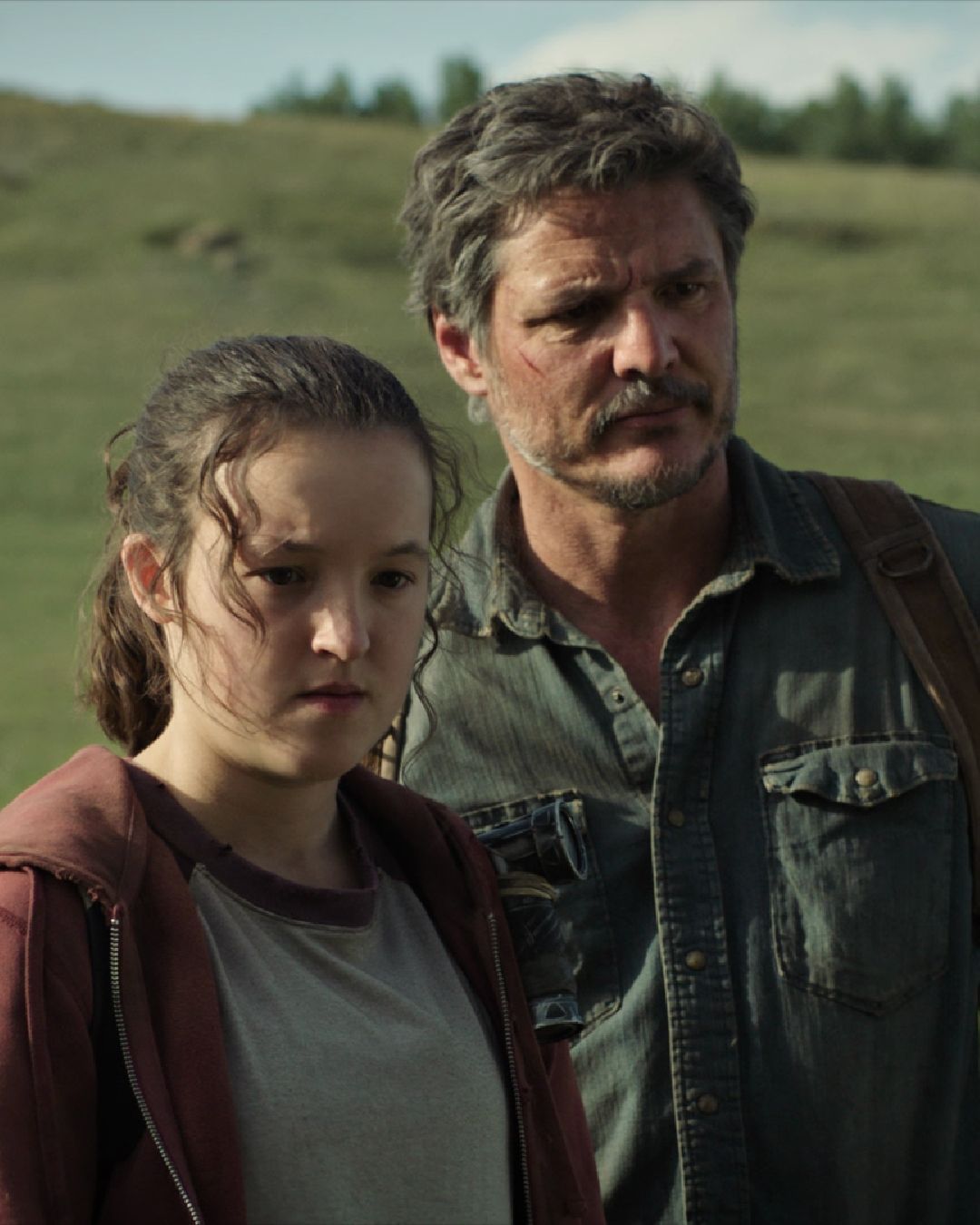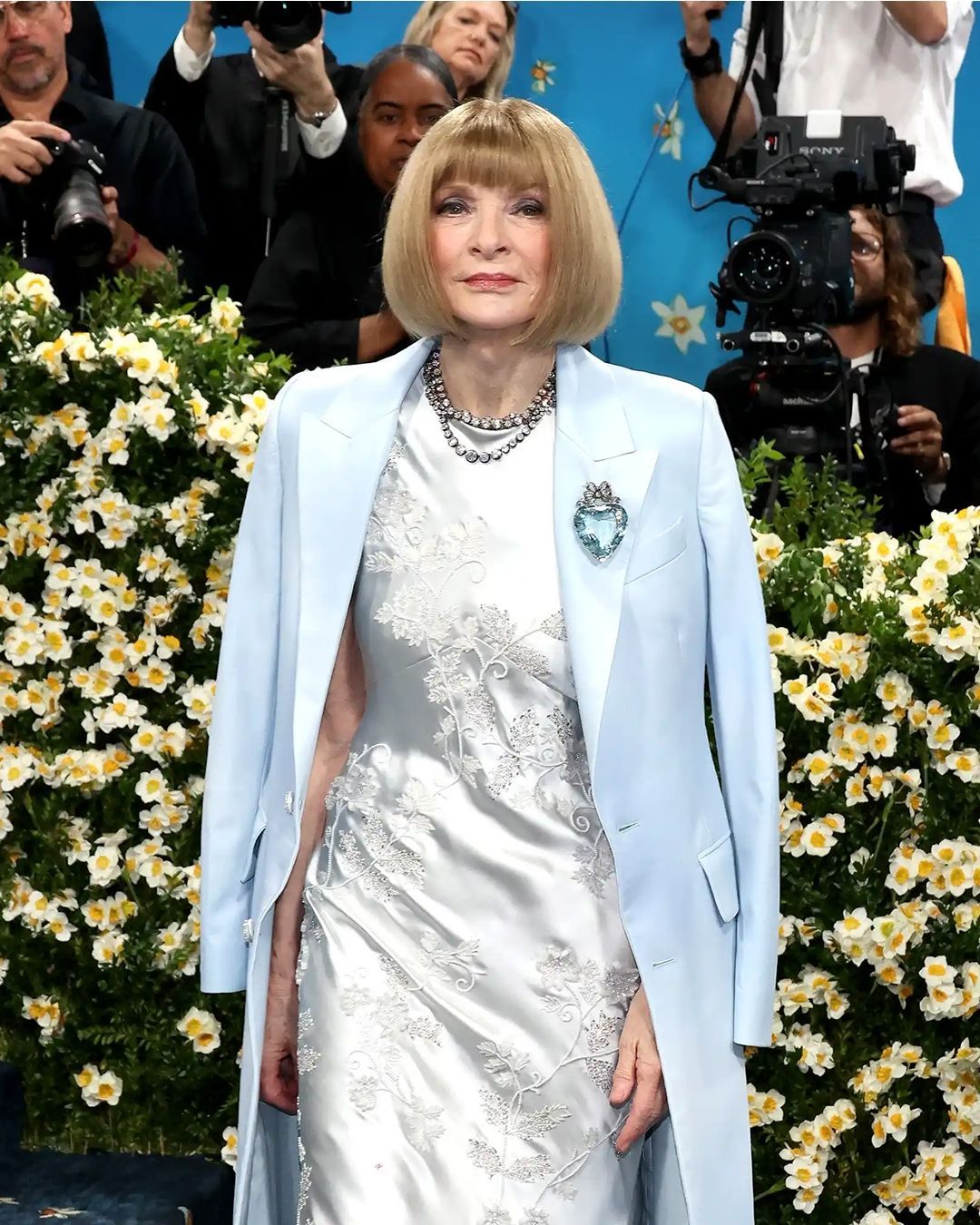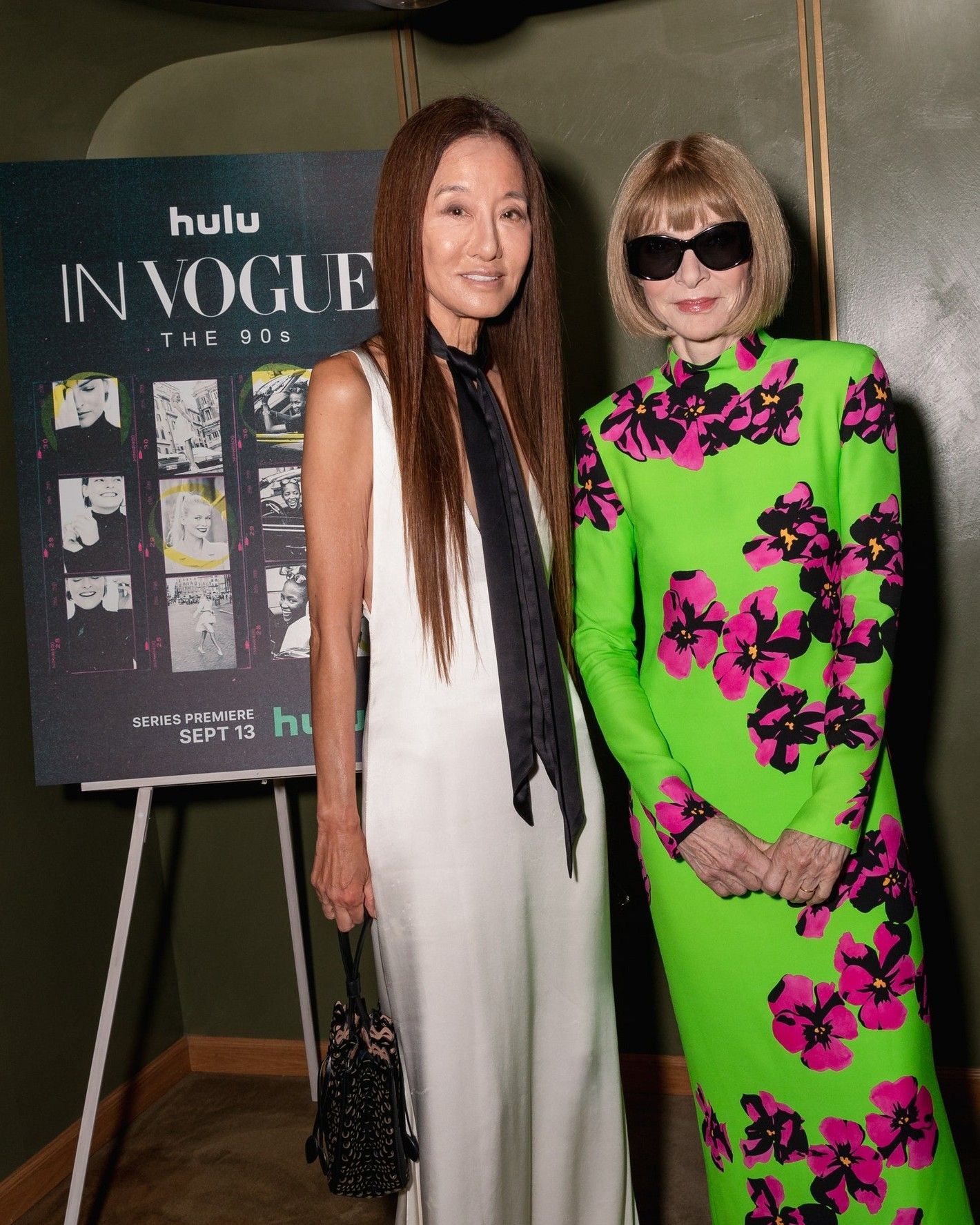
“In Vogue” is a tale of a fashion world that doesn't exist anymore The documentary on Disney+ is so good that it's making us grieve the past
In recent times, several films and documentaries have focused on telling and retelling the ups and downs of 90s fashion. In just a few months, the long saga that saw John Galliano, Lee McQueen, Marc Jacobs, and Tom Ford cross paths and clash, which began in the early 90s and ended in a sort of plane crash in the early 2010s, has been explored in High & Low, entirely dedicated to Galliano; the docuseries Kingdom of Dreams on Sky, and now, In Vogue, whose first three episodes have recently been released on Disney+. And even though all three carry the suspicion of rhetoric and propaganda (the conspiracy theorist within us immediately thinks of a large marketing operation backed by LVMH and Condè Nast), it must be said that this latest docuseries, based on the podcast that Vogue created during lockdown, is perhaps the best. It is because no other entity in the world possesses as many connections, archival materials, and historical memory to recount the epic of 21st-century fashion through the legends who created it. The docuseries cast is astonishing: Anna Wintour first and foremost, with Edward Enninful, Hasmish Bowles, and Grace Coddington from the Vogue team; Naomi, Kate Moss, Amber Valletta, and literally every other living supermodel; and among the designers, Miuccia Prada, Tom Ford, Marc Jacobs, Donna Karan, Tommy Hilfiger, and Stella McCartney, to name only the main ones, but there are also Gwyneth Paltrow, Sarah Jessica Parker, Kim Kardashian. The story is fascinating, illuminating in some ways, and does not gloss over the unpleasant aspects of the luxury empire, though it doesn’t delve too deeply, after the three episodes (with the last three still to come), the beautiful dream of the series gives way to a sense of regret.
More than a story about the business behind big brands (for that, there’s Kingdom of Dreams), In Vogue, is a cultural narrative retracing the different moments and phases from fashion’s stagnation in the early 90s to its incredible resurgence, revisiting the grunge era, the heroin chic debate, the Cool Britannia era, the birth of the Fashion-Celebrity axis, and the rise of new media. The storytelling is done in the best way, alternating historical overviews narrated by various protagonists with wonderful anecdotes that reveal the more human side of the journalists, creatives, and models who shaped the history of the industry. But why does one feel regret? In following the rise of these designers, Galliano and Jacobs above all, it seems like that huge success, those spectacular events, and in general, that hyper-creative era was the result of a more spontaneous and fertile atmosphere of ideas that has since been lost due to endless bureaucracy and financial formalities, but also because of a huge broadening of horizons as well as a certain dispersiveness brought by social media - once upon a time there were no more than ten supermodels, no influencers and micro-celebrities as well as internet personalities. Half of the anecdotes in the first three episodes concern absolutely iconic moments (certain photoshoots with Naomi or Kate Moss, Marc Jacobs and Tom Ford’s instant fame, the various “rescues” that dotted Galliano’s career, the legendary Vogue grunge feature) that sprang from situations of complete informality and disorganization or absolute creative risk, which simply aren’t possible in today’s fashion world.
ok i'm really enjoying 'In Vogue: The 90s' pic.twitter.com/fwsoVoDaz2
— Beks Machina (@akazukinchan2x) September 14, 2024
The story of the backstage at McQueen’s Dante collection, Kate Moss’s editorials for i-D shot in London’s basements with makeshift clothes and no makeup, top models of the moment showing up at Stella McCartney’s university show as a favor, or helping turn the careers of figures like Enninful or Galliano by agreeing to photoshoots and fashion shows purely as personal favors. “We were all in the same room,” says Stella McCartney at one point, referring to the fact that for several years, the future stars of an avant-garde movement and a trillion-dollar industry all went to the same pub together. The story of the FW95 Gucci show, which launched Tom Ford, for which the designer was given free rein because the brand had nothing left to lose, would be impossible to replicate today: the chaos of the crowd, the unapproved looks and designs, Ford himself managing everything solo without any approvals in the backstage, then walking out and bowing in open breach of his contract – could fashion today play such a high-stakes game? Similarly, Galliano’s story at Dior, where he was simply told to do whatever he wanted because they needed to make a splash, or the tale of how Lady Diana ripped the corset of her famous blue Met Gala dress at the last minute, or how Miuccia Prada pushed through a “bad” collection all on her own. One consoling note: then as now, the debates about waste, models’ bodies, and support for emerging talents remain identical. Fashion has changed, but not its audience, always critical, always cynical, and always blasé.
And it’s precisely in this “doing it their way” that the point lies: the fashion world painted in the docuseries is dominated by personal initiative, risk-taking, and an immediacy that is no longer possible today, with boards of directors, endless mediators, and social media. It was a fashion that knew how to surprise and wasn’t afraid to shock, where journalists could trash a collection if they felt like it or dedicate twelve pages of Vogue to promote an emerging designer if they deemed them talented, where designers complained about their employers on camera, where celebrities didn’t have the mediation of stylists but directly discussed with designers over the phone, and where you could meet the 90s equivalent of Bella Hadid in a bar and ask her to pose for an indie editorial out of sheer goodwill. A time when miracles happened. Sure, it was also a smaller fashion industry, with practically just a handful of journalists and a few other designers, where even managers were open to risk, and in general, everyone’s actions were far less diluted than today by the endless bureaucratic, contractual, and legal processes that have ossified the fashion business, erasing all freshness. But perhaps it’s just the filter of nostalgia; after all, to quote Byron, «the 'good old times' - all times when old are good».










































